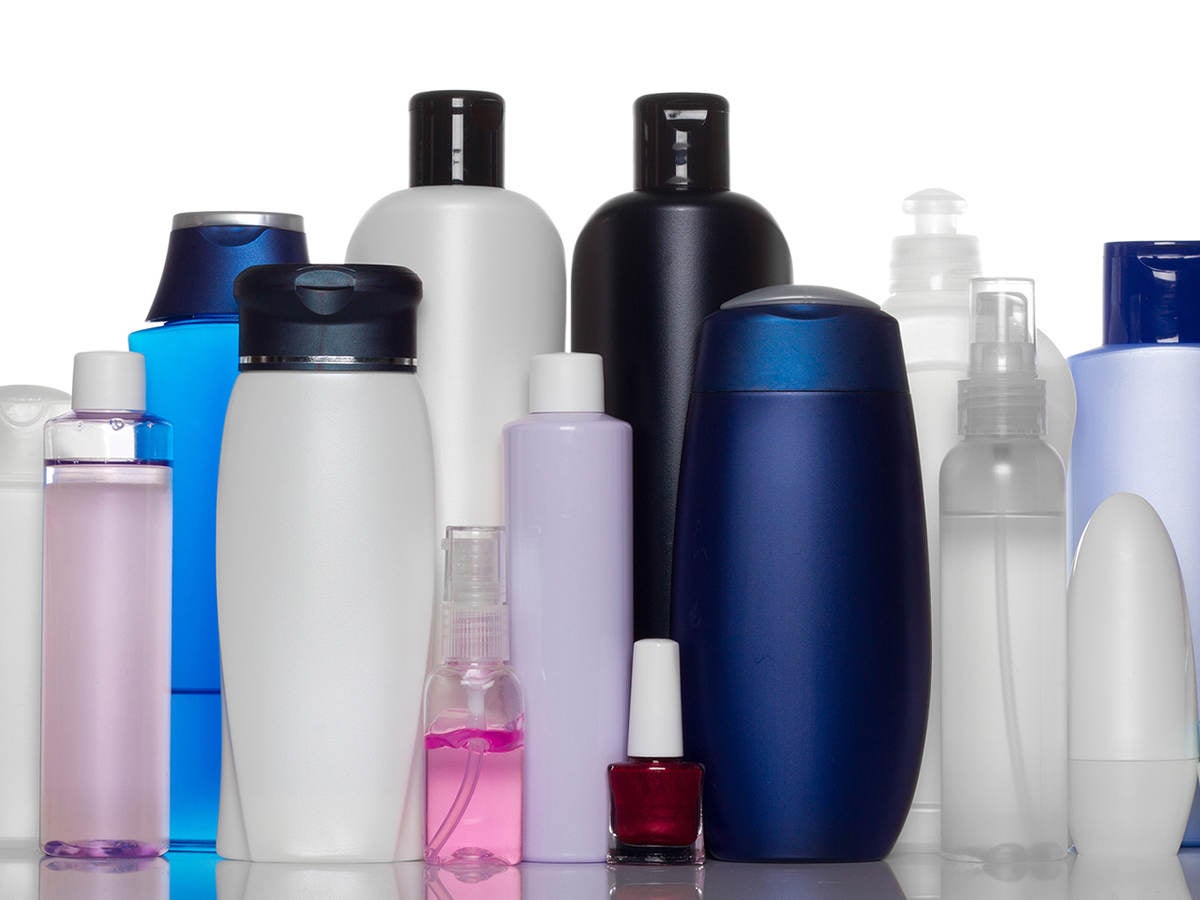September 14, 2020
Consumers and non-governmental organizations are asking brands and retailers to produce and sell “safer” and more “sustainable” products. Chemical regulations at the federal, state, and local levels also require transparency through reporting and other measures that create a greater demand for retailers to better manage chemicals in products. These regulatory programs exist globally, which adds an additional layer of complexity for retailers operating in multiple markets.
To respond to this market demand, retailers are adopting product curation programs that translate consumer concerns about chemicals into product specifications for producers, who then work to avoid problematic chemicals and communicate new formulation requirements to their own supply chain.
The chemical supply chain

There are significant brand reputation and commercial opportunities associated with increasing the proportion of products in a retailer’s assortment that are viewed as safer. A strong chemical management and sustainability program validates these product claims and avoids greenwashing altogether.
What does a motivated retailer need to do to develop a product curation program? Read on to learn more.
Build on a strong regulatory compliance program to create a robust chemical policy program
A retail chemical management and compliance program provide an essential foundation for a robust product curation program. Key elements include:
- Use of tools to systematically gather product composition data from the supply chain, including from manufacturers, intermediaries, and raw material producers;
- Use of regulatory lists at the local, state, federal, and international level to identify chemicals of concern in your supply chain;
- Adoption of a corporate chemical policy as part of a broader Corporate Social Responsibility program. The chemical policy should include one or more Restricted Substances Lists that identify the chemicals that producers should avoid.
Follow retailer best practices for implementing product curation programs
Leading retailers and brands engage in several activities to successfully manage products in their supply chain to better understand chemical ingredients and reduce or eliminate chemicals of concern:
- Request supplier authorization to use regulatory data for chemical policy and product curation programs;
- Provide clear vendor guidance about what data are needed, how it will be used, and the commercial benefits of collaboration;
- Address consumer and NGO concerns by publishing a chemicals policy and Restricted Substances List;
- Help consumers find safer, healthier, or greener products through consumer-facing marketing channels in-store and online;
- Add chemical composition requirements to product development specifications for private label brands;
- Continuously track and communicate progress towards eliminating chemicals of concern.
Retailers often partner with leading consultants and organizations with chemical and regulatory expertise to assist in the development and maintenance of their chemical compliance and sustainability programs. Together, they design effective communication strategies to obtain buy-in among critical internal stakeholders and use technology to gather chemical data across the supply chain.
For information on how UL works with retailers and brands to set up and maintain their chemical compliance and sustainability programs, visit PurView® or make an inquiry to a UL solution advisor.
Get connected with our sales team
Thanks for your interest in our products and services. Let's collect some information so we can connect you with the right person.

